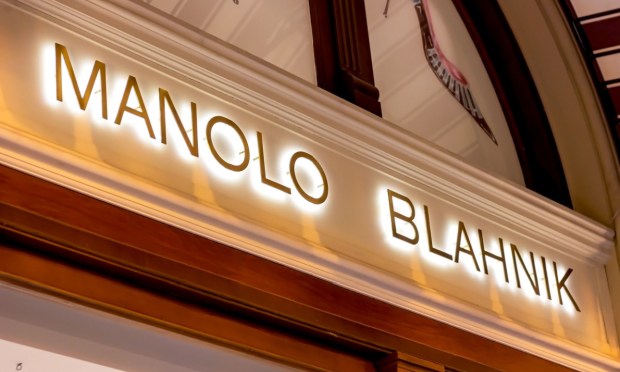
Virtual reality (VR) has emerged as a promising frontier, offering immersive experiences that can transport users to new realms. However, the question arises: should brands use VR primarily to facilitate transactions, or should they prioritize storytelling and immersion? The answer lies in understanding the unique potential of VR and its impact on building authentic connections with consumers.
VR is essentially a medium that can fully immerse users in a brand’s narrative. It creates an environment where consumers don’t merely interact with products but can also experience the brand’s essence, values and mission firsthand. This immersive quality is what sets VR apart from traditional advertising methods.
Immersive experiences in VR allow brands to transport consumers to different worlds, both real and imaginary, providing a memorable and emotional connection. For instance, a travel company could use VR to give potential customers a taste of exotic destinations, allowing them to hear the ocean waves or feel the rush of adrenaline from a zip line adventure. Such experiences have the power to leave a lasting impact and resonate with consumers on a deeper level.
While VR has immense potential for storytelling, many brands have fallen into the trap of using it solely as a transactional tool. This approach often feels inauthentic to consumers. When consumers put on a VR headset, they expect to be transported, entertained and educated, rather than simply bombarded with sales pitches.
Transactional storytelling in VR can be jarring and break the immersive spell. Instead of building a genuine connection, it often leaves consumers feeling like they’re being taken advantage of or manipulated for commercial gain. This approach fails to leverage the full potential of VR as a medium for authentic engagement.
Brands must recognize that VR is not just a sales tool; it’s a platform for education, trust building and experiences. By creating meaningful and authentic VR experiences, brands can establish themselves as credible sources of information and entertainment in their respective industries.
An example of this is Manolo Blahnik, the footwear and accessories label, which has launched a virtual room online that commemorates the world of artistry and skilled craftsmanship.
The online virtual experience, called “The Manolo Blahnik Archives: The Craft,” puts the spotlight on eight crucial elements of the shoemaking process and provides insight into Blahnik’s creative voyage, commencing with the initial sketches and extending to the masterful craftsmanship in their Italian workshop.
One highlight of the virtual experience is a look into the creation process of the brand’s ‘Hangisi’ shoe. Enthusiasts can explore the Italian atelier and observe the craftsmanship involved in bringing this style to life, a journey that involves more than 60 steps.
The design of the virtual experience was created by Chief Executive Officer Kristina Blahnik.
Another instance involves Meta and BMW, which claim to have achieved a significant milestone in their automotive virtual reality project.
In May, the two companies announced a revision to their partnership, which was initially established in 2021 to investigate the integration of augmented reality (AR) and virtual reality (VR) into intelligent vehicles.
“VR headsets are equipped with a number of sensors, but moving vehicles pose a tricky challenge, because tracking technology like Oculus Insight use both inertial motion sensors (IMUs) and cameras to precisely estimate the headset’s location and motion,” Meta said at the time.
In a dynamic setting, these modalities clash, as cameras monitor motion with respect to the car’s interior, while IMUs are oriented towards measuring acceleration and rotational velocity with respect to the external world.
To address this issue, Meta collaborated with BMW to seamlessly integrate real-time IMU data from a BMW vehicle’s sensor array into Meta’s Project Aria research glasses’ tracking system. This allowed the system to calculate the glasses’ position with respect to the car accurately.
“That was a huge feat because after transferring the tracking system to a Meta Quest Pro, it allowed us to accurately anchor virtual objects to a moving car using a digital twin of the car,” Meta said.
Read more: Meta and BMW Seek to Solve In-Car VR
When it comes to businesses exploring VR for transactional purposes, Amazon introduced Amazon Anywhere in May, which allows consumers buy real-world products from inside virtual spaces.
Additionally, Amazon allows consumers to explore and buy tangible items from the retail behemoth within virtual environments such as video games, augmented reality (AR) and mobile applications.
The initiative debuted in Peridot, an augmented reality game developed by Niantic, where players have the ability to command AI-driven pets.
See also: Amazon Anywhere Lets Consumers Shop From Virtual Environments